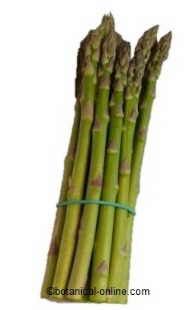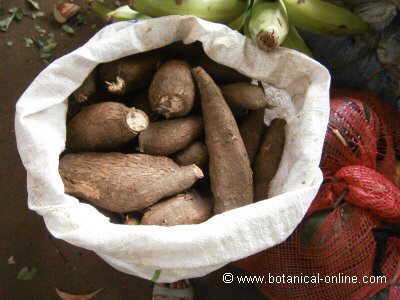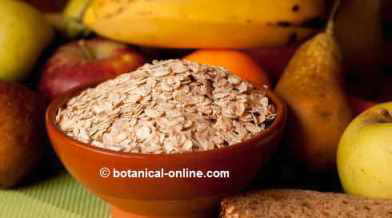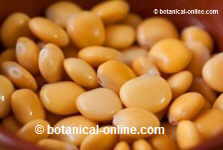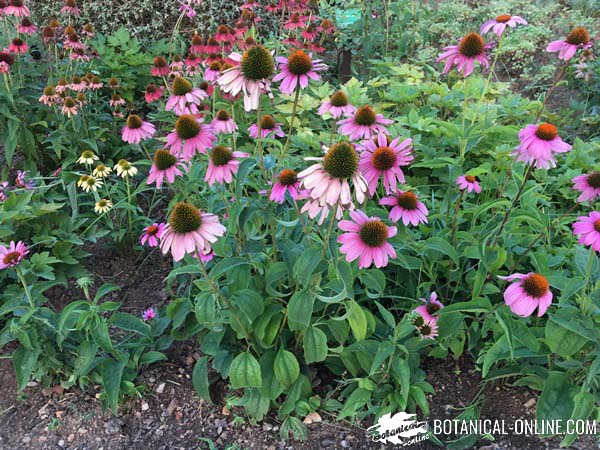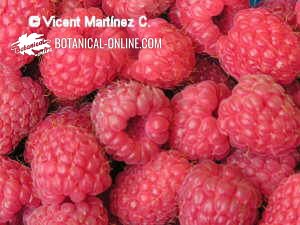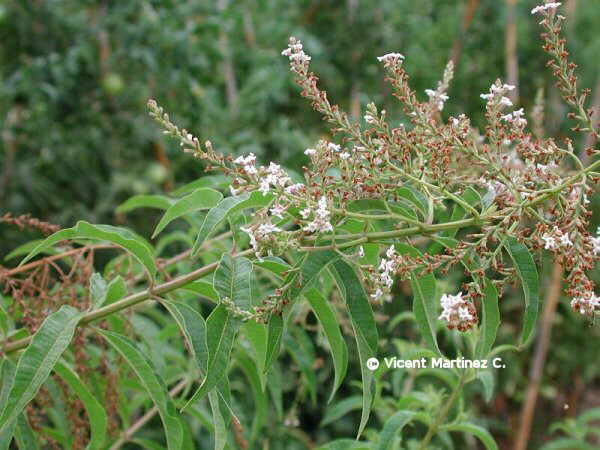Herbal remedies to lower blood sugar
Phytotherapy. Medicinal plants preparations for diabetes
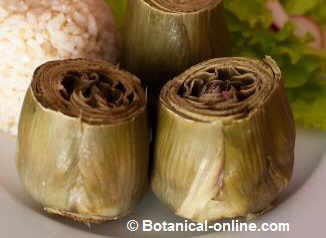
- Artichoke: (Cynara scolymus) (Eating raw or stewed artichokes)
- Juice of the leaves mixed with wine
- Decoction of leaves until reducing the liquid to a half. Take a glass every day
- Cabbage: (Brassica oleracea) (Decoction for half an hour of a mixture of tender leaves of cabbage, tender onion and tender celery. Drink the broth at discretion several times a day)
FENUGREEK AIDS TO TAKE CONTROL OF DIABETESThe hypoglycemic activity of fenugreek is effective in animals and in people with diabetes mellitus type I and II. The mechanism of action of fenugreek in relation with diabetes is sue to the high fiber content of seed mucilage, alkaloids and amino acids. (More information) |
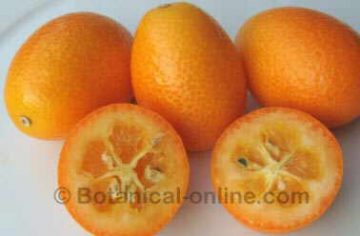
- Kumquat: (Fortunella spp) Kumquat flavonoids, which are found mainly in the skin of this fruit, have antidiabetic properties. This is demonstrated in a study that was daily administered to diabetic rats. The results showed that mice fed with kumquat reduced their blood sugar levels. Kumquats also help prevent complications for diabetic patients as cataracts, glaucoma and hypertension.
- Guanabana or soursop (Annona muricata) Its fruit has hypoglycemic properties
- Chicory (Cichorium intybus) (decoction of 30 g. of crushed dried roots per liter of water. A couple of cups a day)
- Oats (Avena sativa) Oats bran contains great amounts of soluble fiber. Its ingestion is very suitable for the treatment of diabetes (It regulates the sugar levels in the blood by decreasing its absorption in the intestine)
- Rice (Oryza sativa) A balanced diet with brown rice helps control blood sugar in the blood.
STEVIA FOR DIABETES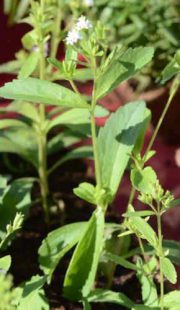 Stevia (Stevia rebaudiana) not only can be used as a sweetener for diabetics, but also has beneficial properties for diabetes when taken as an infusion. Its components have demonstrated a hypoglycemic effect. They help reduce the level of blood sugar in type 2 diabetes (adult diabetes). How to take stevia for diabetes?
|
- Pellitory-of- the-wall (Parietaria officinalis) It can be used in diseases in which it is useful to remove fluid from the body (Two to three infusions per day of a couple of tablespoons of dried leaves per liter of water (this remedy may be replaced by tincture. In this case, took 40 daily drops diluted in water in three doses )
- Jackfruit (Artocarpus heterophyllus) Take jackfruit leaves aqueous extract under medical supervision.
- Tarragon: (Artemisia dracunculus) (5g infusion. of leaves in 250ml. of water).
- Blueberry (Vaccinium myrtillus) (30 minutes decoction of 20 g. of dried leaves per liter of water. 2 cups a day.)
- Watercress (Nasturtium officinale) (Eat the fresh plant in salads)
- Thistle (Cynara cardunculus) (eat boiled stems, including the decoction broth)
- Knapweed / Rough Star-thistle (Centaurea aspera) (Decoction of 30 g. of the dry plant per liter of water. Take 3 cups a day. Very bitter!
- Black thorn (Prunus spinosa) (Decoctions of leaves and bark)
- Spanish salsify: (Escorzonera hispanica) (Eat the boiled root of cultivated varieties)
- Horse tail (Equisetum arvense) (decoction for 30 minutes at 100 deg. Of the dry plant per liter of water. Put a teaspoon per glass of water three times daily)
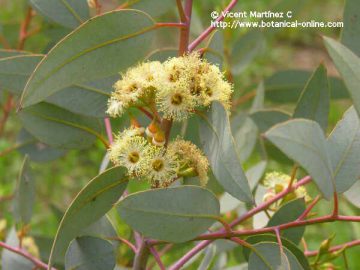
- Eucalyptus (Eucalyptus globulus) (Decoction of a spoonful of dried leaves per cup of water for a couple of minutes. Strain and take a couple of cups a day)-
- Mango (Mangifera indica) (Application of extracts made from the leaves of this plant)
- Walnut (Juglans regia) (infusion of 30 g of dried leaves per liter of water. 3 cups per day)
- Sage (Salvia officinalis) (A glass with the preparation made with 70 g. of dried leaves per liter of sherry, soaked for 9 days. Take a glass daily)
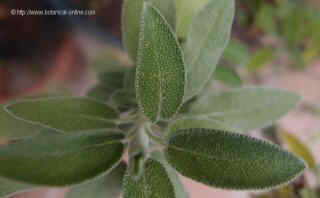
- Nettle (Urtica dioica) (Decoction of the dry plant mixed with spinach. Take 3 cups a day of the resulting liquid)
- Olive tree: (Olea europaea) (Two or three cups a day with the infusion of leaves per liter of water)
- Rampion bellflower: (Campanula rapunculus) (Tender root in salads)
- Purple salsify: (Tragopodon porrifolius) (Raw roots in salads. Do not eat fruits since they are toxic!
- Globularia: (Globularia alypum) (Decoction of 50 g Of dried leaves per liter of water. Drink a cup daily)
- Blackberry (Rubus fruticosus) (4 tablespoons decoction of dried leaves per liter of water. Take a couple of glasses a day)
Supplements for diabetes
Evening primrose oil for diabetes
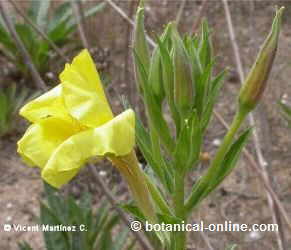
Evening primrose (Oenothera biennis) oil is extracted from the small red seeds by cold pressing.
The use of this oil has proved useful as an aid in the treatment of diabetes.
This oil helps to keep insulin levels stable, moreover, it prevents the side effects that this disease causes to the nervous system of some patients, including a general feeling of tingling or numbness of the members.
Its use in laboratory mice has proved it was able to prevent vision problems caused by atherosclerosis or retinopathy by the excess sugar in the blood.
How to take primrose oil for diabetes?
There is a possibility of experiencing adverse reactions such as nausea or stomach upset in some people.
It is best to take this supplement with a full stomach to minimize the maximum possible side effects in the stomach. Sometimes it produces headache.
It is preferable to take this supplement with small doses of vitamin E that prevents degradation and makes the supplement can bed absorbed better.
Other plant supplements for diabetes
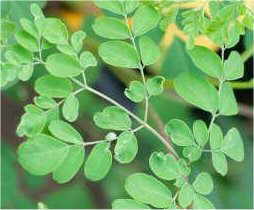
- Moringa (Moringa oleifera): Extracts made from fruit dust have been tested in rodents with positive results.
- Aronia (Aronia melanocarpa) A weekly supplement of aronia juice is a good diabetes treatment and a preventive method of developing this disease in the future (Take an aronia supplement)
- Maitake (Grifola frondosa), shiitake (Lentinula edodes) and reishi (Ganoderma lucidum) The ability of these fungi to maintain constant levels of blood sugar is of interest to people suffering from diabetes.
(Take supplements of maitake, shiitake or reishi or combine them according to the terms of the patient information leaflet)
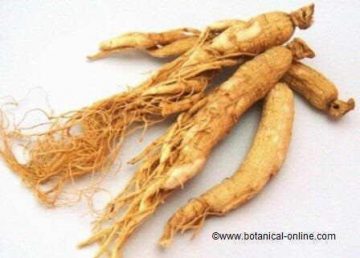
- Ginseng (Panax ginseng, Eleutherococcus senticosus, Panax quinquefolium) Korean ginseng, American ginseng or Siberian ginseng activate an adequate production of insulin. (More information about them in the different studies of each plant)
- China cinnamon ((Cinnamomum cassia Blume = Cinnamomum aromaticum) Recent studies seem to show that its use may be very appropriate in the treatment of diabetes.
Because of its content in polyphenols, the daily treatment, between 3 and 6 grams of China cinnamon crust helps reduce sugar levels in patients of diabetes of type II, or non insulin-dependent diabetes. According to some studies, cinnamon from China determined that the body does not need so much insulin to metabolize glucose. (More information)
![]() More information about diabetes natural treatment.
More information about diabetes natural treatment.

